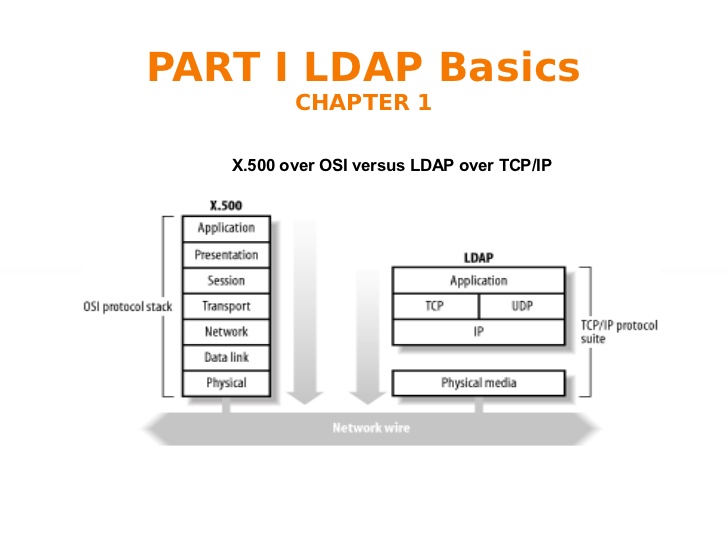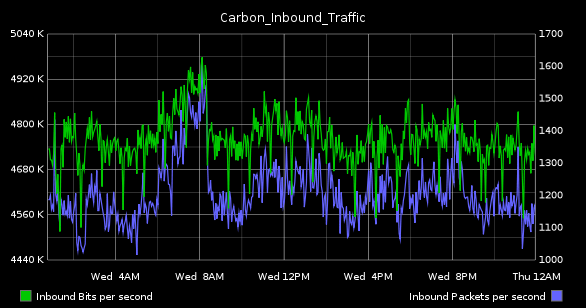
Training projects for companies, teams or individuals,.. it doesn’t matter. The point is that companies and almost everyone needs to keep improving their team skills. A new era is raising and NOW more than ever everyone is realizing that we need many more mathematics, engineers, programmers, data scientists, people with Machine Learning & Deep Learning skills, DevOps, GitOps, MLOps, and so son…
So from several years in the background without publish anything, I’m happy to announce that this site is not dead anymore. I’m so happy to announce that we will not only keep publishing but we are working on a very interesting projects to create a Cloud Factory for mainly DevOps and very cloud oriented. Actually the main objective is to prepare all the students to pass the AWS certification exam ( anyone of them ).
More good news! Now it’s not only me there are a lot of really well prepared and professionally certified instructors that are joining the project willing to share their knowledge and expertise with you.
Some of the topics that we will cover:
> AWS Cloud Practicioner
> AWS Solutions Architect Associate
> AWS Solutions Architect Professional
> AWS Specialties ( Machine Learning, Security )
> Terraform from zero to ninja
> CloudFormation bootcamp
> Building pipelines like a pro
> Kubernetes deep dive
> AWS EKS bootcamp
Most of the courses will be focused and prepared for professionals already working on IT and they will have quite an ADVANCED LEVEL. Anyway there will be an interview process for each candidate to see if they can fit into the class or maybe must attend to a previous/more basic course.
We don’t want to leave anyone out, but also can’t let anything stop us or makes us go slower with the more advanced students, that’s the main reason for the interview acting as a kind of filter. ( You wouldn’t like it probably either ) So, if for any reason do you think that some course is missing please let us know and we will try to cover it. ( Azure certifications, k8s certification, you name it! )
More exciting news are coming but I will save something for the next year :p !
See you soon!








